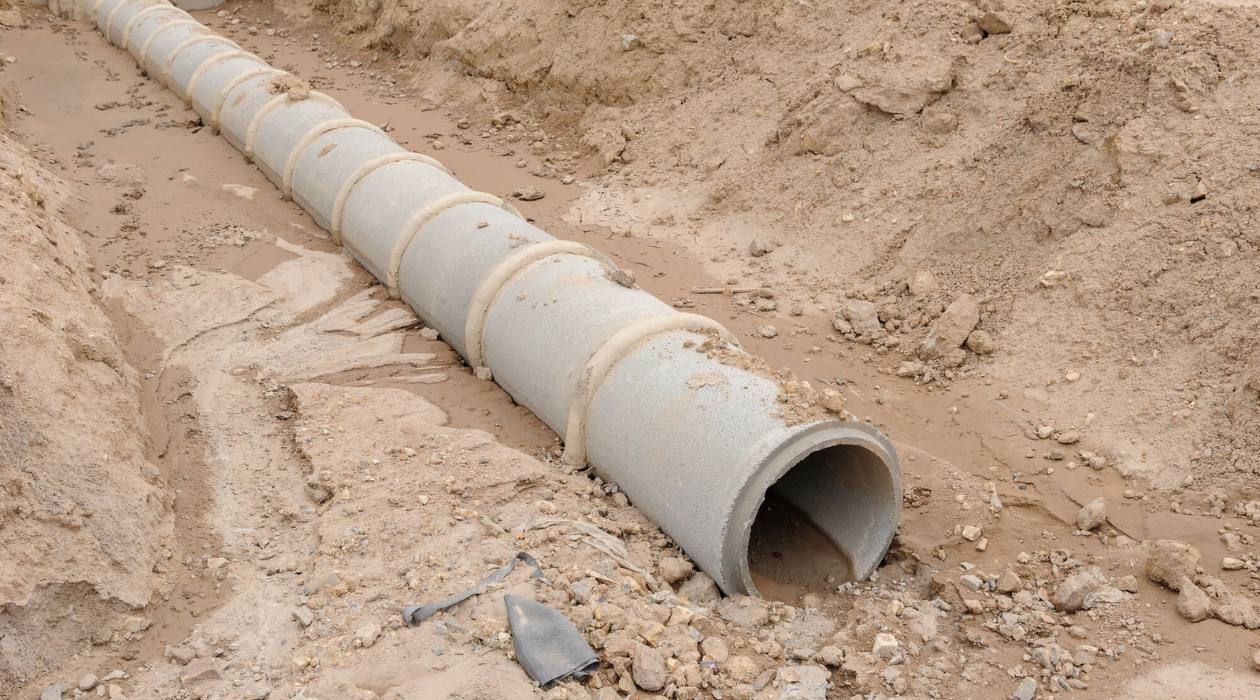

Articles
How Much To Slope For Plumbing Drains
Modified: December 7, 2023
Find articles on how much slope is needed for plumbing drains. Learn about the importance of proper slope in maintaining an efficient drainage system.
(Many of the links in this article redirect to a specific reviewed product. Your purchase of these products through affiliate links helps to generate commission for Storables.com, at no extra cost. Learn more)
Introduction
When it comes to plumbing systems, proper drainage is essential, and one crucial element that plays a significant role in ensuring efficient drainage is the slope of the plumbing drains. The slope refers to the downward angle at which the pipes are installed, allowing water to flow smoothly from one point to another.
Having the correct slope is imperative in preventing any potential issues such as clogs, backups, and stagnant water. It ensures the efficient removal of waste and prevents any buildup or standing water that can lead to unpleasant odors and health hazards.
In this article, we will explore the importance of slope in plumbing drains, the factors to consider when determining the slope, the recommended slope for different plumbing drain applications, potential issues associated with inadequate or excessive slope, and valuable tips for properly sloping plumbing drains.
Key Takeaways:
- Proper slope in plumbing drains is crucial for efficient water flow, preventing clogs, and reducing the risk of pipe damage and backups. It contributes to improved hygiene and eliminates odor issues in your home or building.
- Consulting with a professional plumber is essential for accurately calculating the slope requirements for your specific plumbing system. Adhering to local plumbing codes and regulations ensures optimal functionality and prevents potential issues.
Read more: How Much Slope On Gutters
Importance of Slope in Plumbing Drains
The slope of plumbing drains plays a crucial role in maintaining the functionality and efficiency of a plumbing system. It ensures that wastewater flows freely and does not get stagnant or cause any blockages. Here are some key reasons why the slope is important in plumbing drains:
- Proper Drainage: The primary function of plumbing drains is to carry wastewater away from your home or building. Without an adequate slope, the water may not be able to flow freely, leading to backups, clogs, and potentially damaging your property.
- Prevention of Clogs: A correct slope helps to prevent the accumulation of debris, hair, grease, and other materials that can cause clogs in the plumbing system. It allows the water to carry these materials and flush them out properly.
- Elimination of Odors: Stagnant water in drains can lead to unpleasant odors. A proper slope ensures that water flows quickly, reducing the chances of stagnant water, and minimizing the potential for foul smells in your home or building.
- Reduced Risk of Pipe Damage: Inadequate slope can cause water to pool in the pipes, which can lead to increased pressure and stress on the plumbing system. Over time, this can result in pipe damage, leaks, and costly repairs.
- Improved Hygiene: Properly sloped drains facilitate the effective removal of waste, ensuring that harmful bacteria and contaminants are eliminated efficiently. This contributes to better overall hygiene and reduces the risk of waterborne diseases.
Overall, the slope of plumbing drains is essential for maintaining the smooth and efficient operation of your plumbing system. It prevents clogs, eliminates odors, reduces pipe damage, and promotes better hygiene, ensuring that wastewater is safely and effectively carried away from your home or building.
Factors to Consider for Determining Slope
Determining the proper slope for plumbing drains depends on several factors that need to be taken into consideration for optimal functionality. Here are the key factors to consider:
- Type of Plumbing Fixture: Different plumbing fixtures have different drainage requirements. For example, a toilet requires a steeper slope compared to a sink or shower drain. Understanding the specific requirements of each fixture is crucial for determining the appropriate slope.
- Pipe Diameter: The diameter of the pipes used in your plumbing system influences the necessary slope. Smaller pipes may require a steeper slope than larger pipes to ensure efficient water flow and prevent clogs.
- Distance and Length of the Drainage Run: The length of the drainage run from the plumbing fixture to the main sewer line or septic system affects the calculation of the slope. The longer the run, the more gradual the slope needs to be to maintain proper flow.
- Local Plumbing Codes and Regulations: It is important to consult the local plumbing codes and regulations in your area as they may stipulate specific requirements for slope calculations. Adhering to these codes ensures compliance and ensures a properly functioning plumbing system.
- Material and Condition of the Pipes: The material and condition of the pipes play a role in determining the required slope. Older or corroded pipes may require a steeper slope to compensate for any potential restrictions in water flow.
- Water Flow Rate: The anticipated water flow rate in your plumbing system needs to be considered when determining the slope. Higher flow rates may require a steeper slope to ensure efficient drainage.
By considering these factors, you can determine the appropriate slope for your plumbing drains that will facilitate optimal water flow and prevent any potential issues in your plumbing system. It is always advisable to consult with a professional plumber to ensure accurate calculations and adherence to local codes and regulations.
Recommended Slope for Different Plumbing Drain Applications
The recommended slope for plumbing drains varies depending on the specific application and plumbing fixture. Here are the general guidelines for the slope in different plumbing drain applications:
- Toilet Drains: Toilet drains require a steeper slope compared to other plumbing fixtures due to the solid waste they handle. The recommended slope for toilet drains is typically 1/4 inch per foot or 2% slope.
- Sink and Shower Drains: Sink and shower drains can have a slightly lower slope compared to toilet drains. The recommended slope for these drains is typically 1/8 inch per foot or 1% slope.
- Washing Machine Drains: Washing machine drains generally have a similar slope recommendation as sink and shower drains. A slope of 1/8 inch per foot or 1% slope is typically sufficient for effective drainage.
- Floor Drains: Floor drains, commonly found in basements, garages, and commercial spaces, require a higher slope to handle potential spills and water accumulation. The recommended slope for floor drains is typically 1/4 inch per foot or 2% slope.
- Main Sewer Line: The main sewer line that carries wastewater from your home to the municipal sewer system or septic tank typically requires a slope of 1/4 inch per foot or 2% slope for optimal water flow and prevention of backups.
- Vertical Stacks: Vertical stacks, which handle wastewater from multiple floors or levels, require a steeper slope than horizontal drains. The recommended slope for vertical stacks is typically 1/2 inch per foot or 4% slope.
It is worth noting that these are general recommendations, and specific calculations may vary depending on factors such as pipe diameter, water flow rate, and local plumbing codes. It is essential to consult with a professional plumber to determine the precise slope requirement for your plumbing drain applications.
By ensuring the recommended slope for each plumbing drain application, you can maintain optimal functionality, prevent clogs and backups, and ensure the efficient removal of wastewater from your home or building.
The minimum slope for plumbing drains should be 1/4 inch per foot for horizontal runs. This ensures proper drainage and prevents clogs and backups.
Potential Issues with Inadequate or Excessive Slope
Having the correct slope in plumbing drains is crucial to prevent potential issues that can arise from inadequate or excessive slope. Here are the potential problems associated with improper slope:
- Inadequate Slope: When the slope of a plumbing drain is insufficient, several problems can occur:
- Water can pool in the pipes, leading to stagnant water, unpleasant odors, and an increased risk of bacterial growth.
- Debris, grease, and other waste materials may not be carried away efficiently, resulting in clogs and blockages.
- The slower flow of water can cause sediments to settle within the pipes, leading to corrosion and pipe damage over time.
- Inadequate slope can cause water to back up, resulting in overflows, leaks, and potential water damage to your property.
- Excessive Slope: While inadequate slope can cause plumbing issues, excessive slope can also lead to problems:
- Water can move too quickly through the pipes, potentially causing noisy plumbing systems and increased wear and tear on the pipes.
- Excessive slope can lead to a higher risk of pipe leaks and bursts due to the increased pressure and stress on the plumbing system.
- In extreme cases, excessive slope can result in water flowing too quickly, leaving behind waste materials that are not carried away effectively, leading to clogs and compromised drainage.
It is important to strike the right balance when determining the slope of plumbing drains. A properly calculated slope ensures efficient water flow, prevents clogs, and minimizes the risk of pipe damage and other plumbing issues.
To avoid these potential problems, it is advisable to consult with a professional plumber who can accurately calculate and recommend the appropriate slope for your specific plumbing system and drainage needs.
Read more: How Much Slope On A Concrete Patio
Tips for Properly Sloping Plumbing Drains
Properly sloping plumbing drains is crucial for optimal functionality and preventing potential issues. Here are some essential tips to ensure proper slope in your plumbing system:
- Consult with a Professional: It is recommended to consult with a professional plumber who has expertise in slope calculations and local plumbing codes. They can accurately assess your plumbing system and provide the best recommendations for slope requirements.
- Understand Individual Fixture Requirements: Different plumbing fixtures have specific slope requirements. Make sure to understand these requirements and adjust the slope accordingly. For example, toilets generally require a steeper slope compared to sinks or showers.
- Consider Pipe Diameter and Material: The diameter and material of the pipes used in your plumbing system can affect the required slope. Smaller pipes may require a steeper slope for efficient drainage, and older or corroded pipes may need special consideration.
- Take into Account the Water Flow Rate: The anticipated water flow rate in your plumbing system should be considered when determining the slope. Higher flow rates may require a steeper slope to ensure proper drainage.
- Measure the Drainage Run Length: The length of the drainage run from the plumbing fixture to the main sewer line or septic system is an important factor in slope calculations. Longer runs may require a more gradual slope to maintain proper flow.
- Follow Local Plumbing Codes and Regulations: Always adhere to local plumbing codes and regulations when determining the slope of your plumbing drains. These codes ensure compliance and help prevent potential issues in the future.
- Perform Regular Maintenance: Regularly inspect and clean your plumbing system to prevent debris and buildup that can hinder proper drainage. This includes clearing clogs, removing sediment, and ensuring that all pipes are in good condition.
- Monitor Drain Performance: Keep an eye on the performance of your drains, including the speed and efficiency of water flow. If you notice any signs of slow drainage or backups, it may be an indication of an improper slope that needs to be corrected.
- Consider Professional Installation: If you’re undertaking a new plumbing installation or major renovation, it is best to hire a professional plumber for the installation. They have the expertise and tools to ensure the correct slope and proper functioning of your plumbing system.
By following these tips, you can ensure that your plumbing drains are properly sloped, allowing for efficient water flow, preventing clogs, and maintaining the overall functionality of your plumbing system.
Conclusion
The slope of plumbing drains is a critical element that greatly influences the functionality and efficiency of your plumbing system. Proper slope ensures the smooth flow of wastewater, prevents clogs, eliminates odors, and reduces the risk of pipe damage and backups. By understanding the importance of slope and considering factors such as fixture type, pipe diameter, drainage run length, and local plumbing codes, you can determine the appropriate slope for your plumbing drains.
Following the recommended slope guidelines for different plumbing drain applications, such as toilets, sinks, showers, and floor drains, helps maintain optimal functionality and prevents potential issues. Inadequate slope can lead to stagnant water, clogs, and pipe damage, while excessive slope can cause noisy plumbing systems and increased pressure on pipes.
To ensure proper slope, it is advisable to consult with a professional plumber who can accurately calculate the slope requirements for your specific plumbing system. They can also help you navigate local plumbing codes and regulations. Regular maintenance, including inspections and cleaning, along with monitoring drain performance, are essential in preventing future problems and maintaining the efficiency of your plumbing system.
Properly sloping plumbing drains is not just about functionality, but it also contributes to improved hygiene, eliminates odor issues, and enhances overall convenience in your home or building. By giving due consideration to slope, you can enjoy the benefits of a smoothly operating plumbing system while minimizing the risk of plumbing issues and costly repairs.
Remember, when it comes to plumbing drains, the right slope today can save you from headaches tomorrow!
Frequently Asked Questions about How Much To Slope For Plumbing Drains
Was this page helpful?
At Storables.com, we guarantee accurate and reliable information. Our content, validated by Expert Board Contributors, is crafted following stringent Editorial Policies. We're committed to providing you with well-researched, expert-backed insights for all your informational needs.
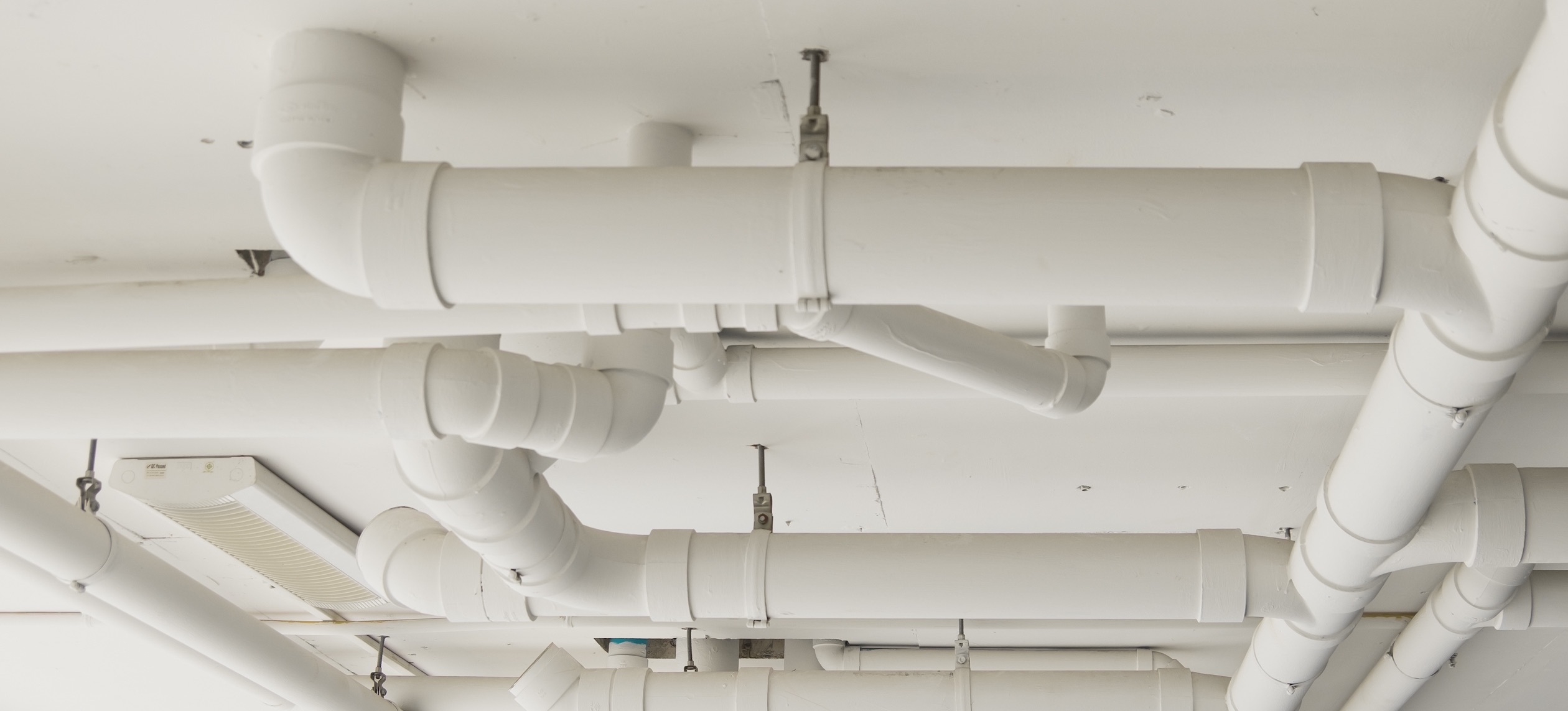
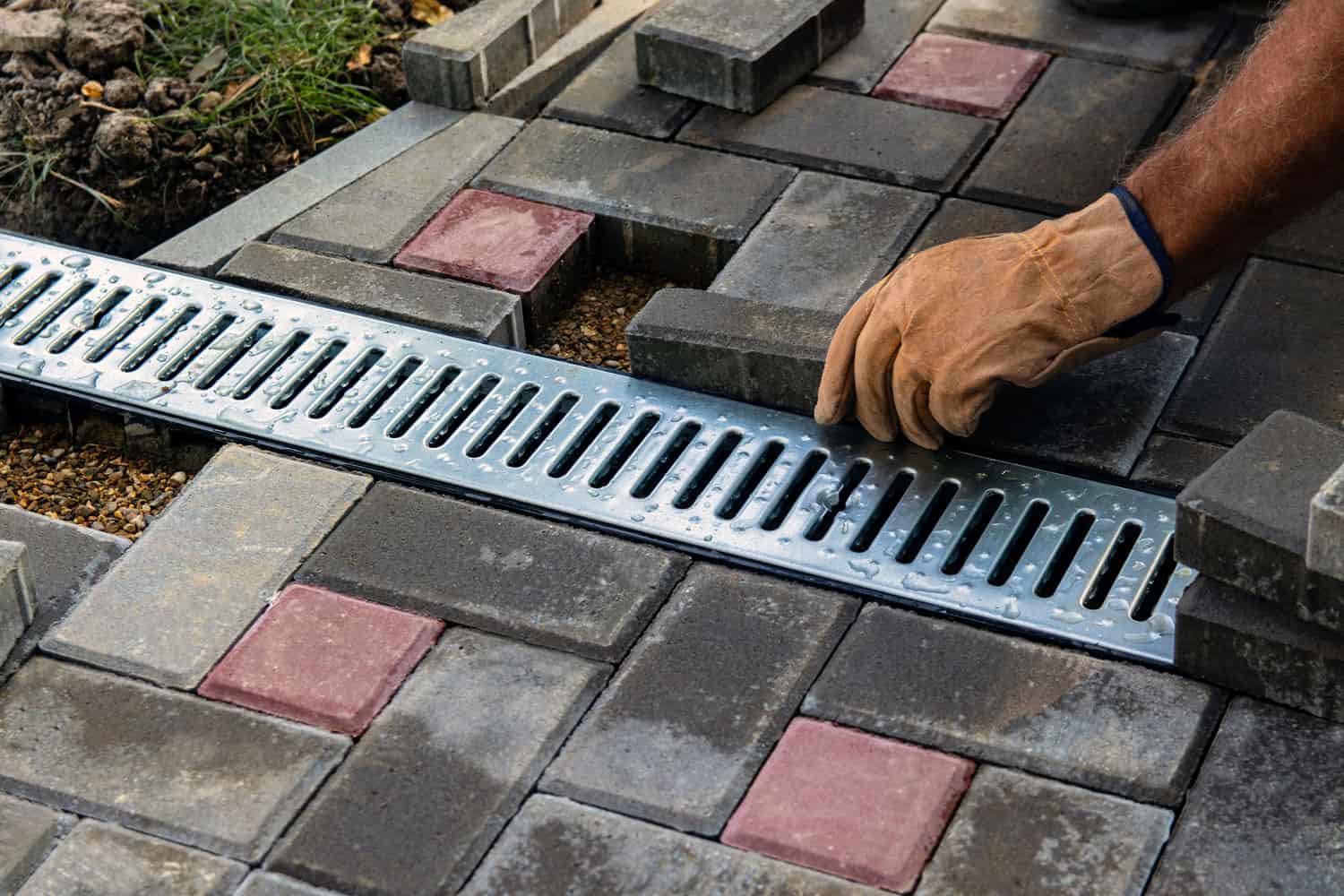
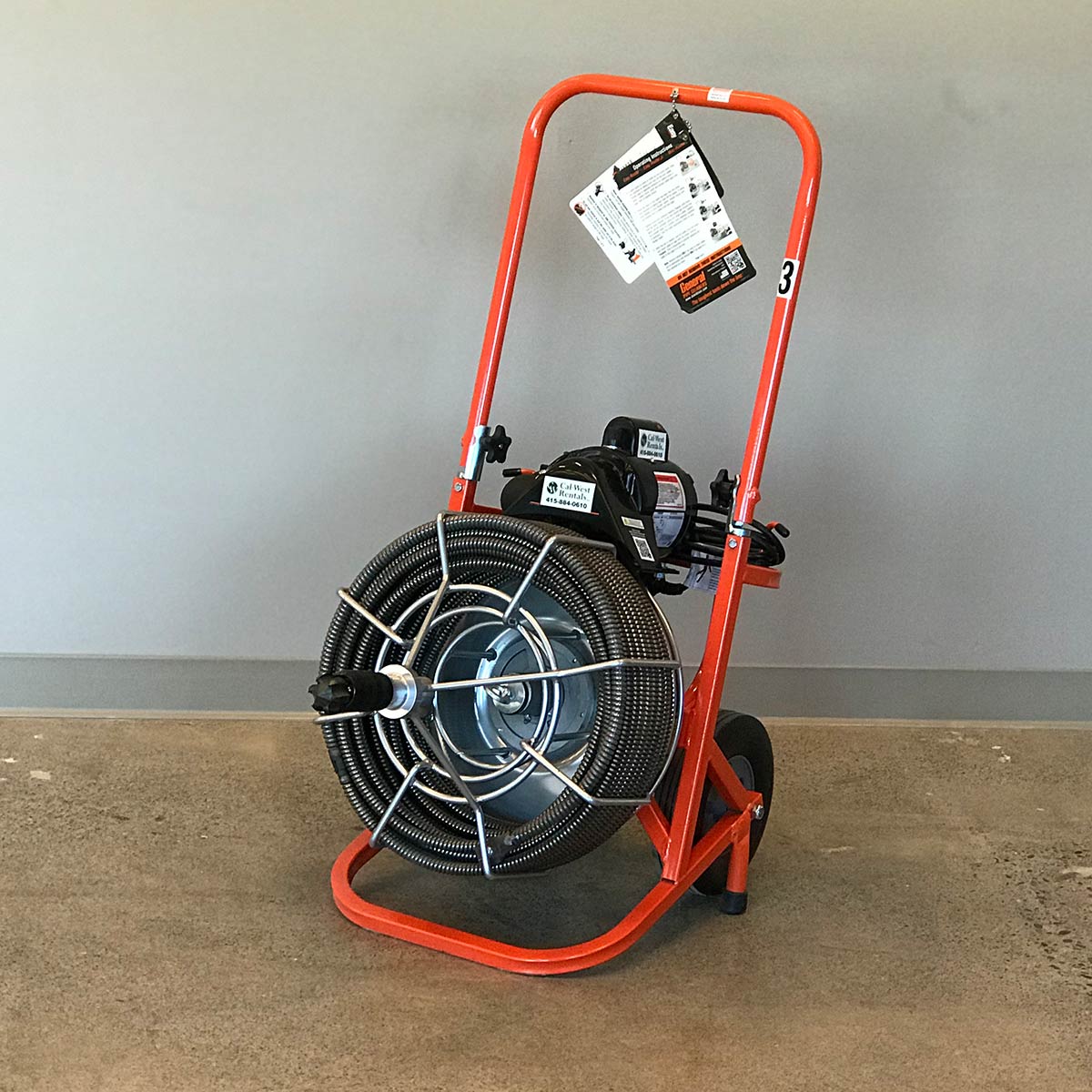
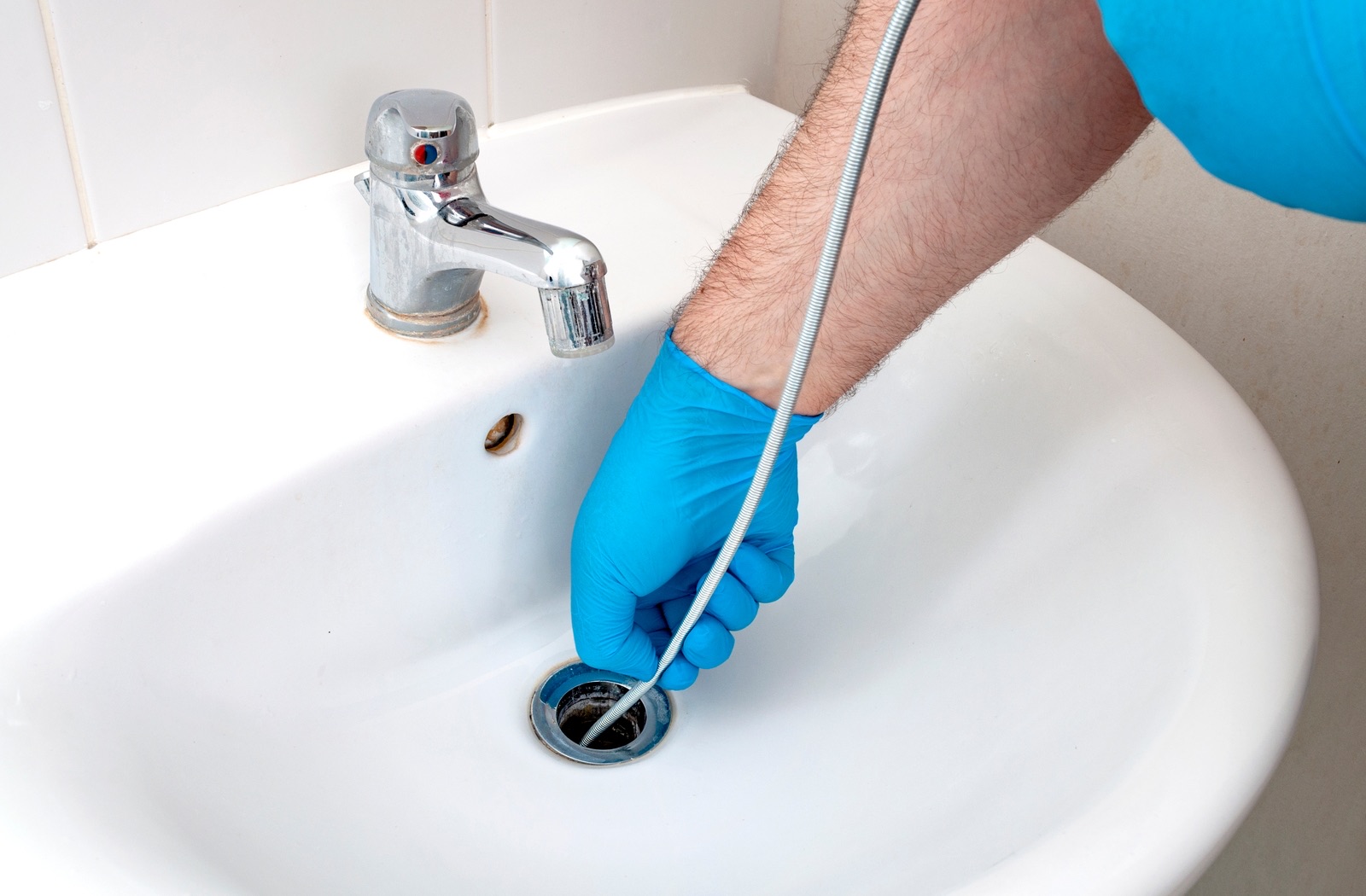
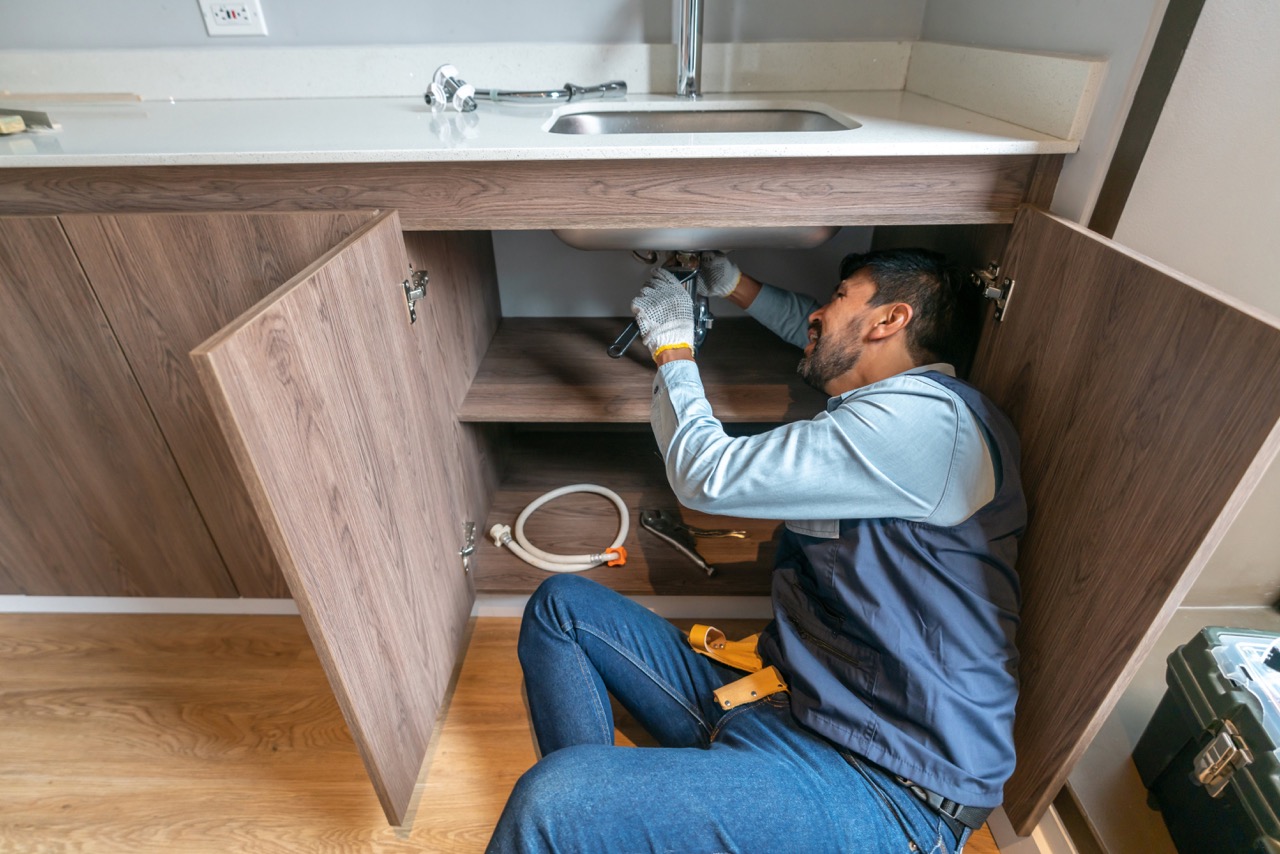
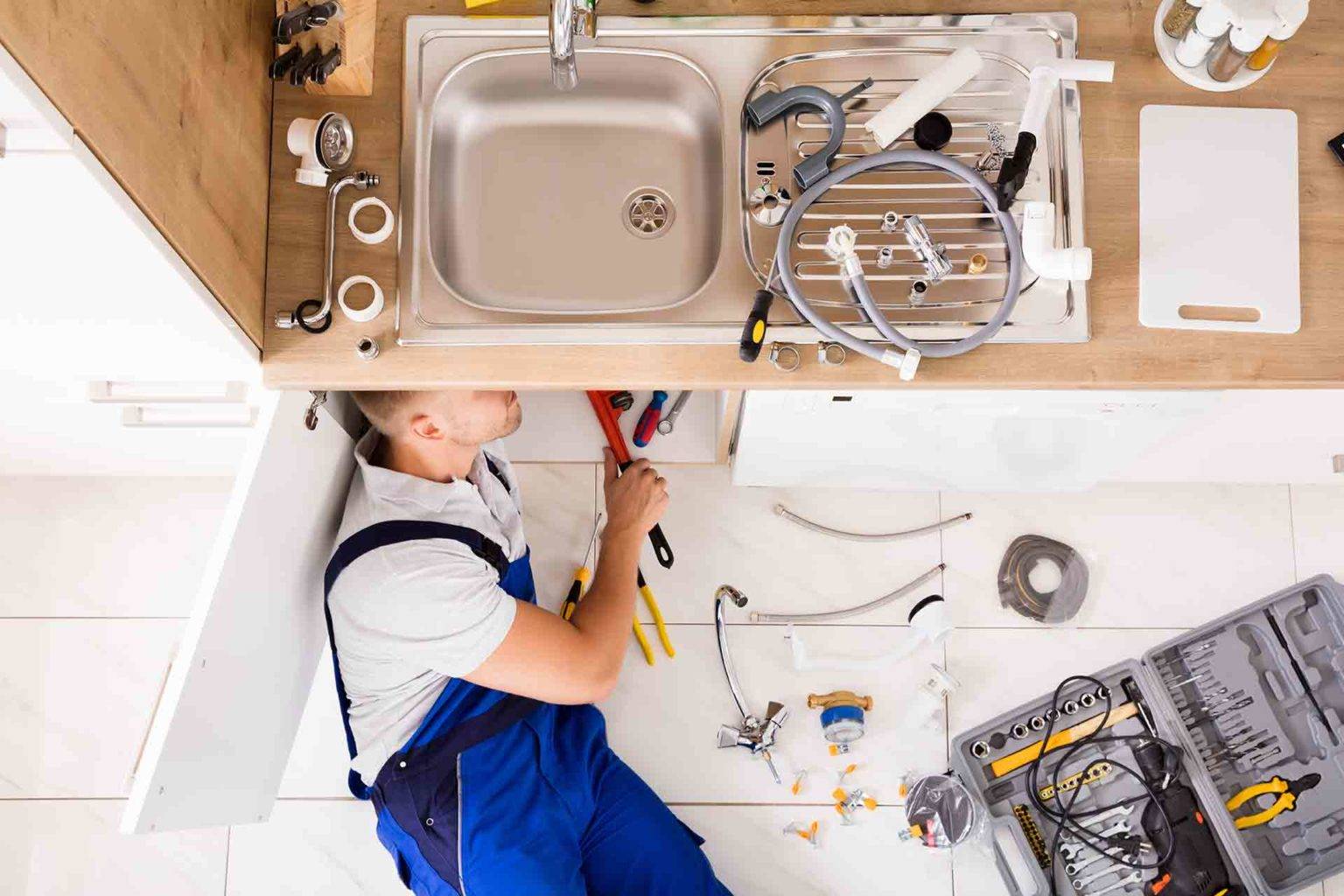
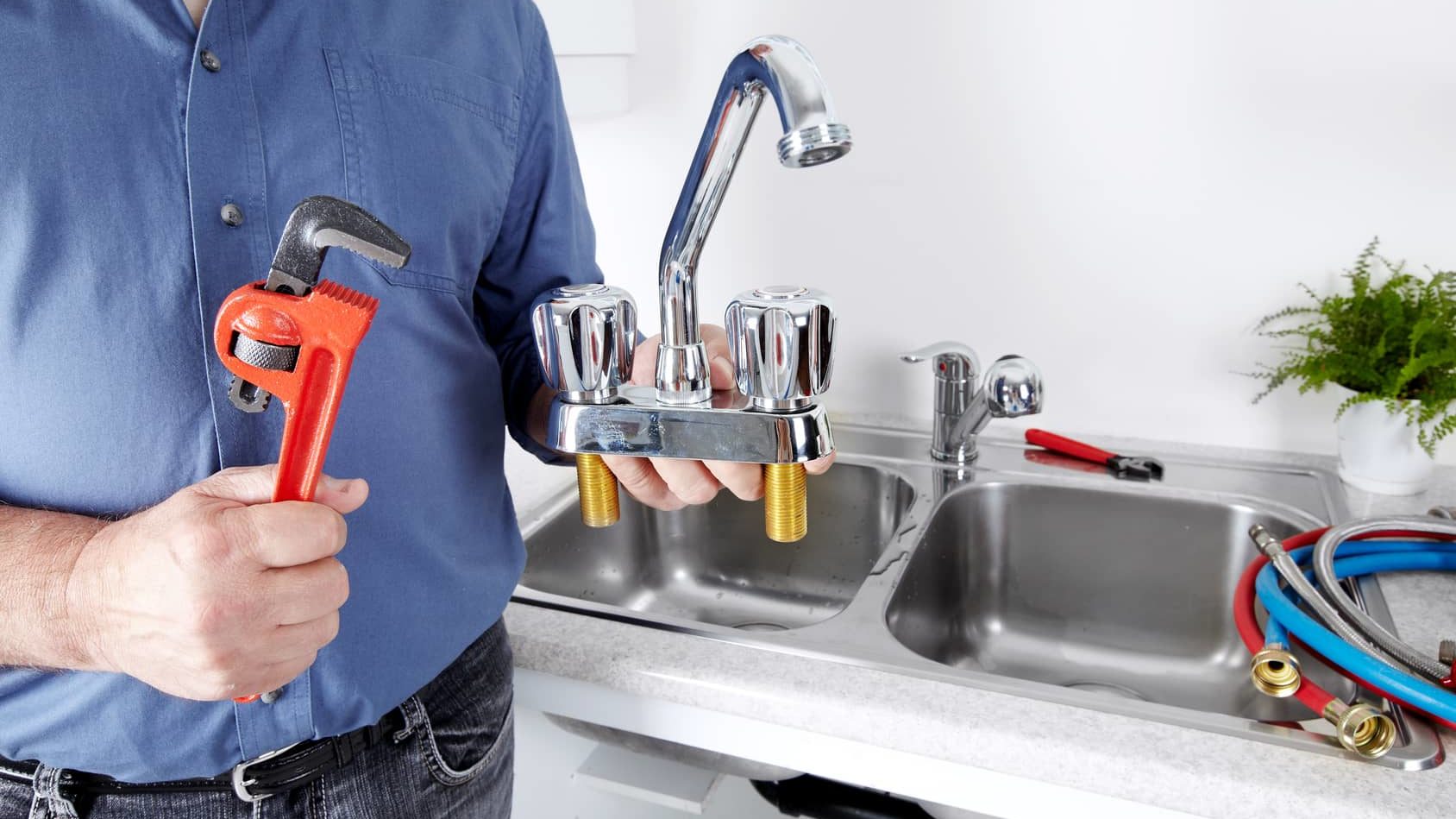
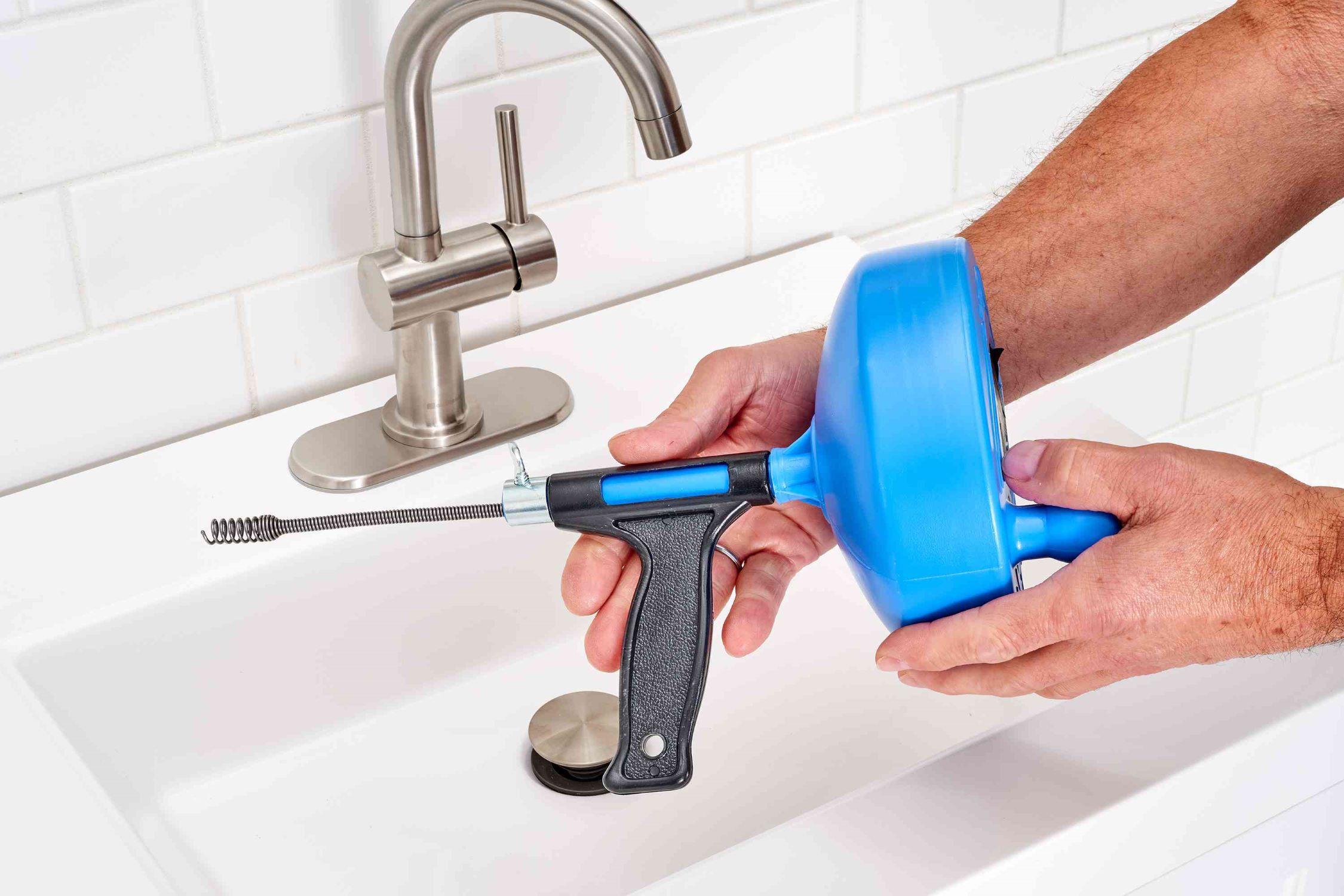
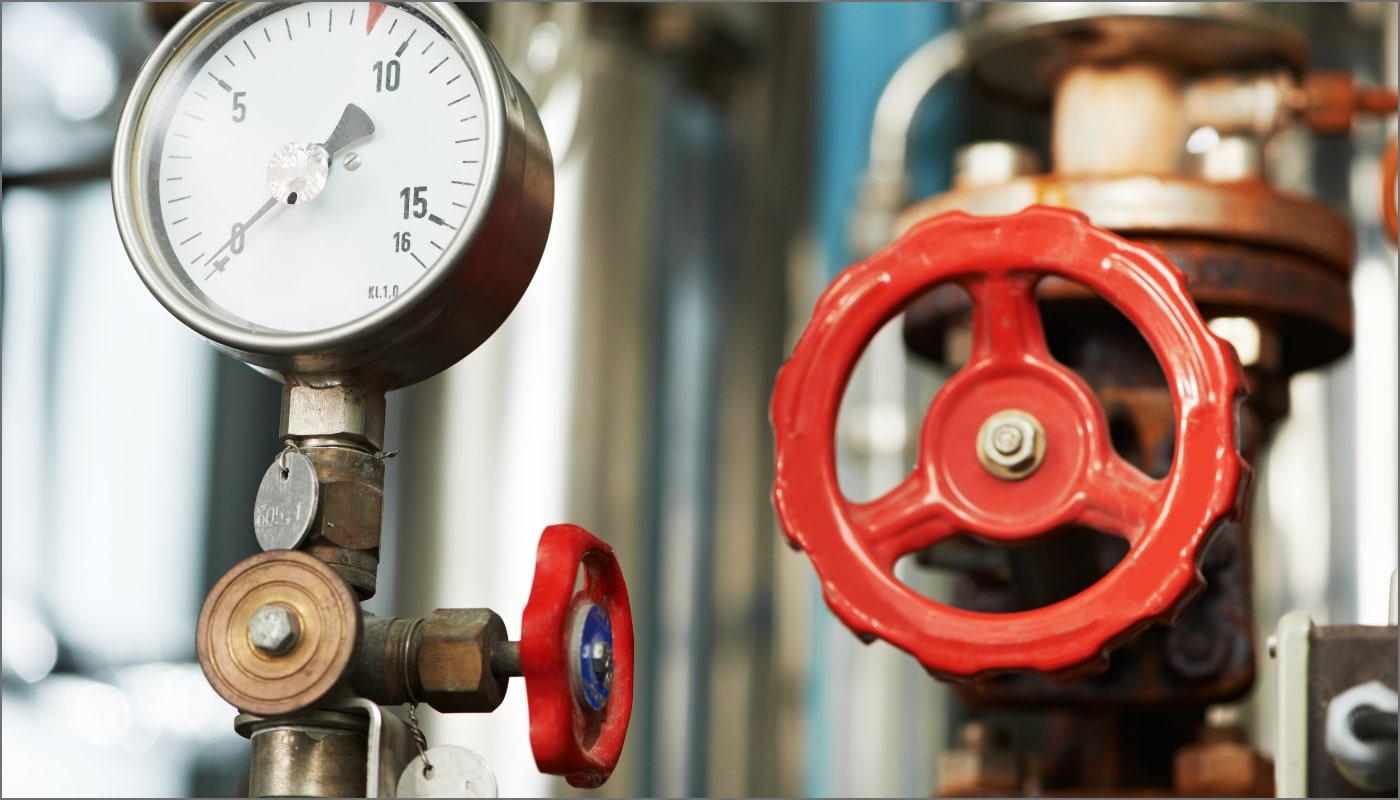
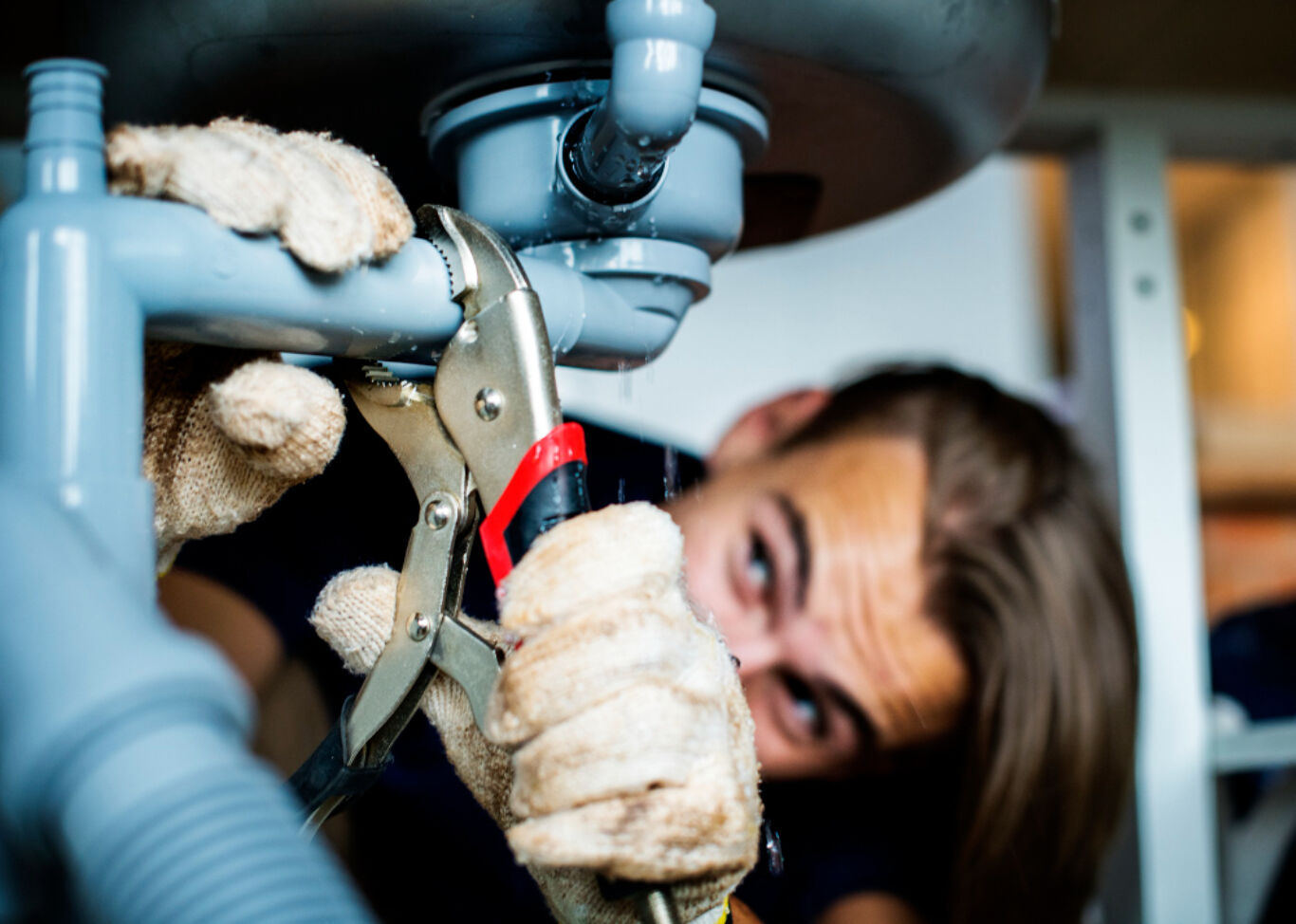
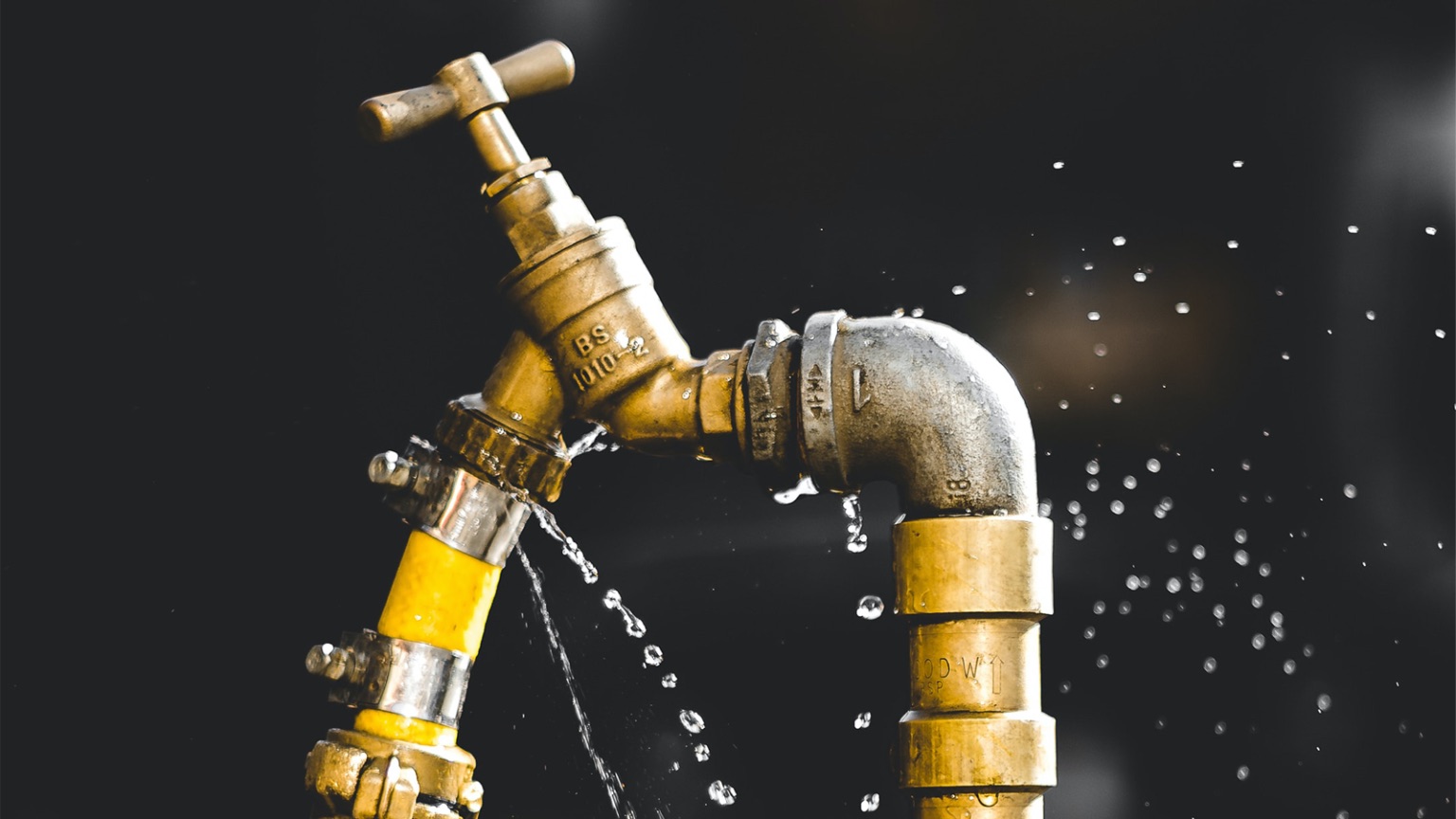
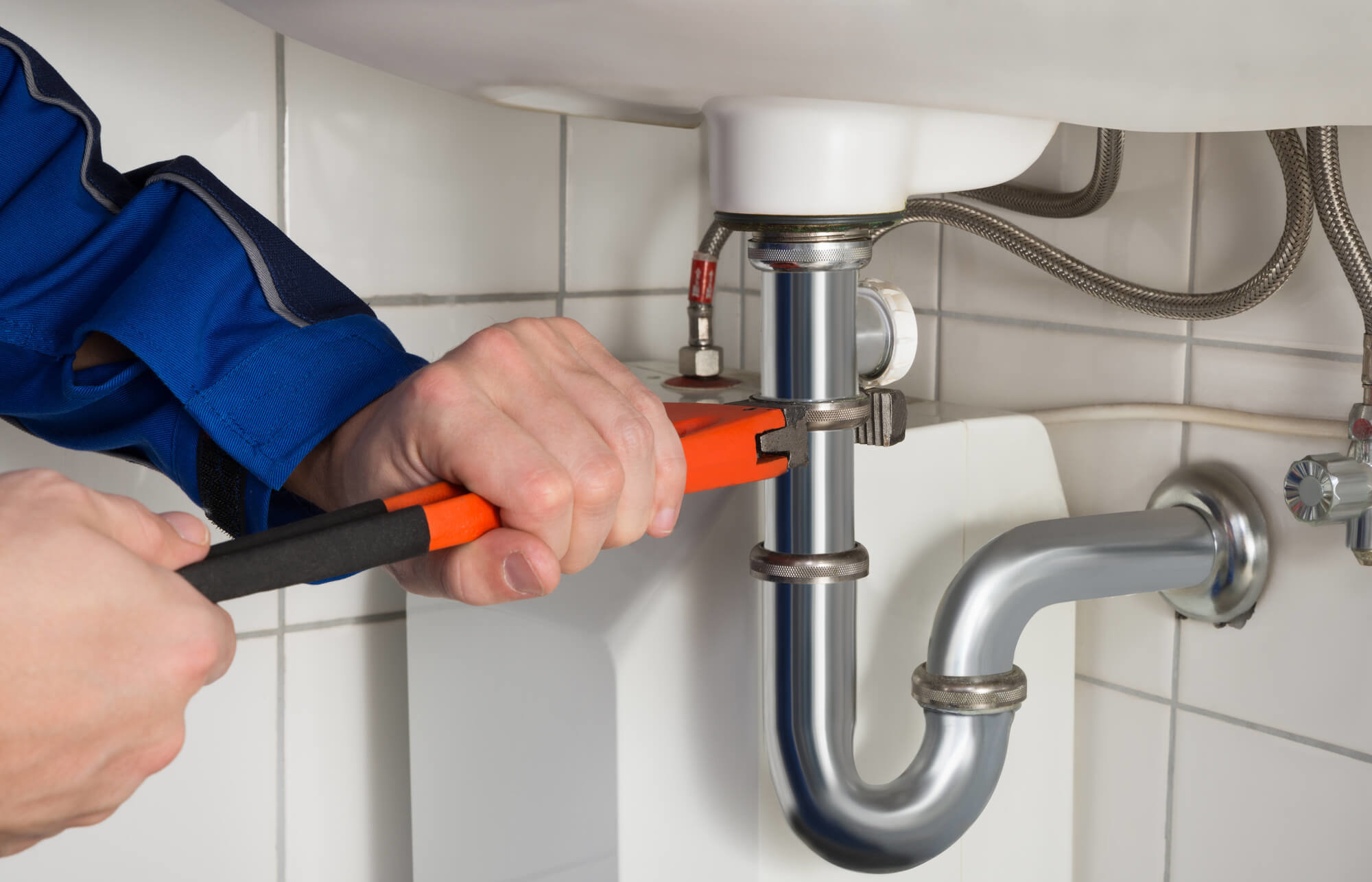
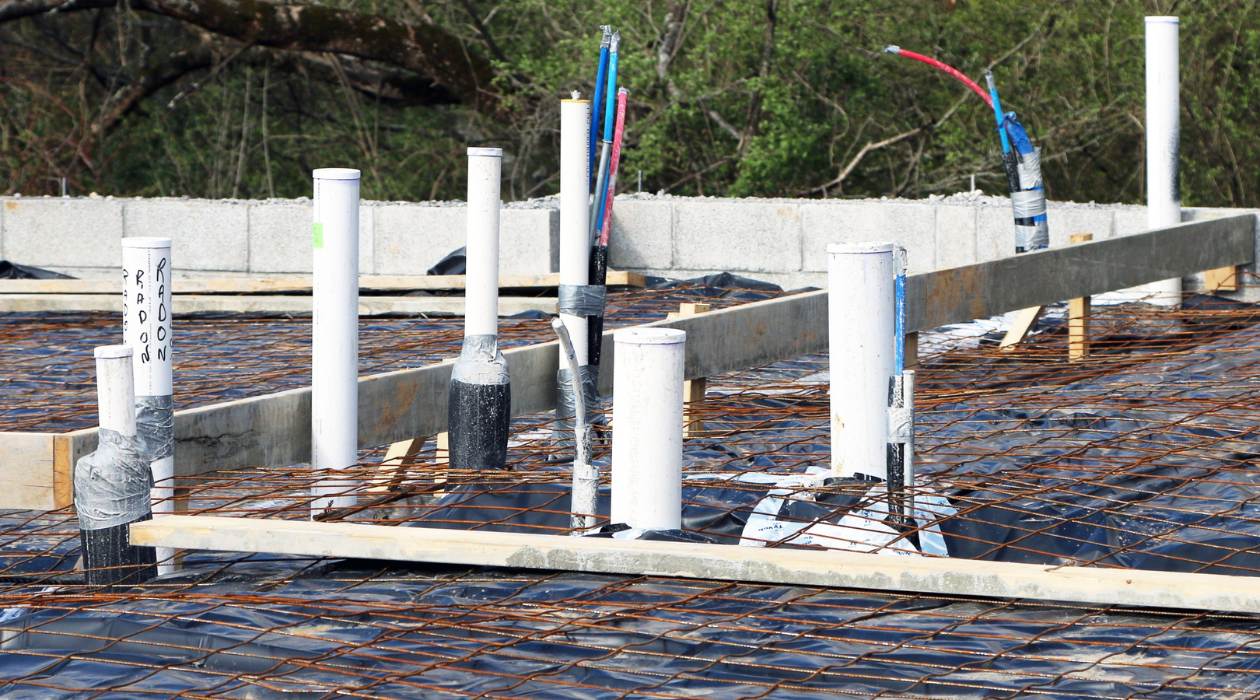
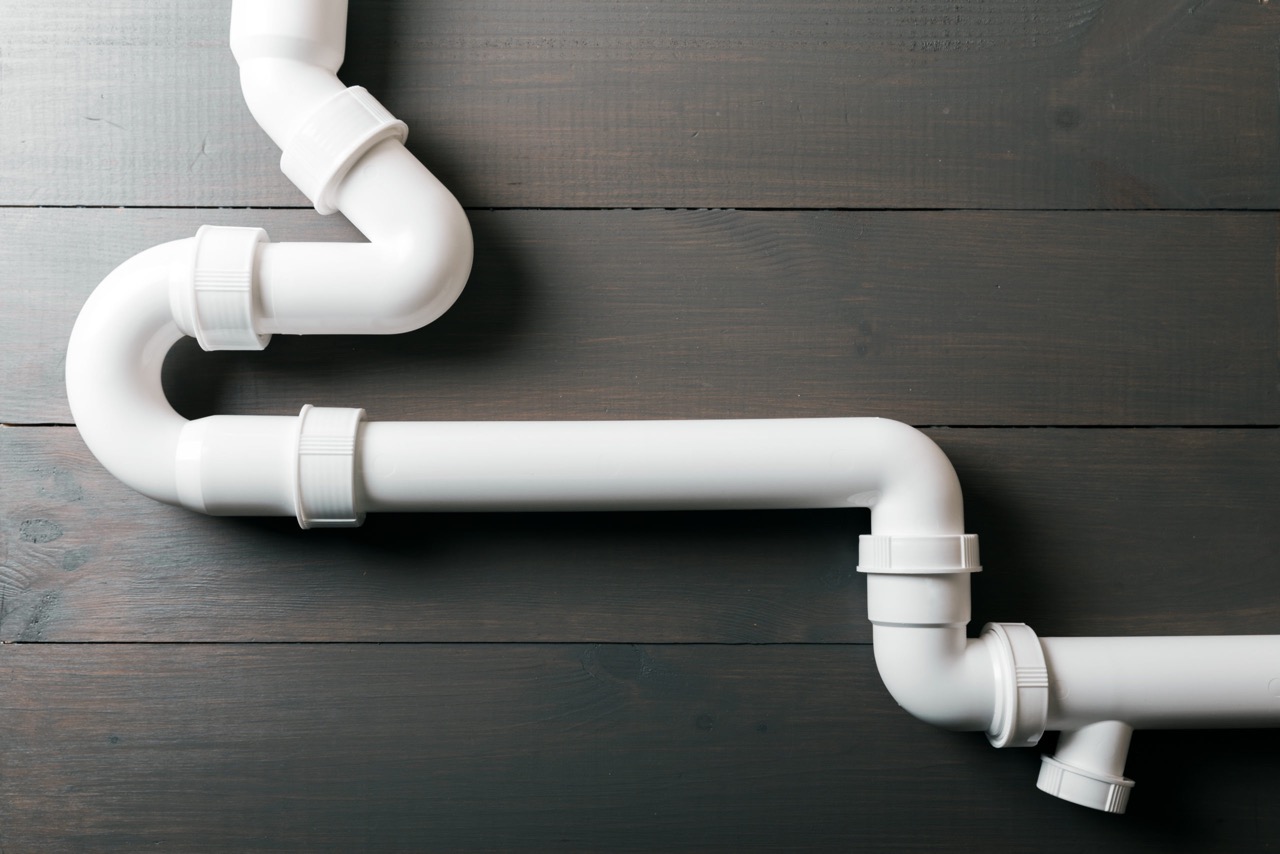

0 thoughts on “How Much To Slope For Plumbing Drains”